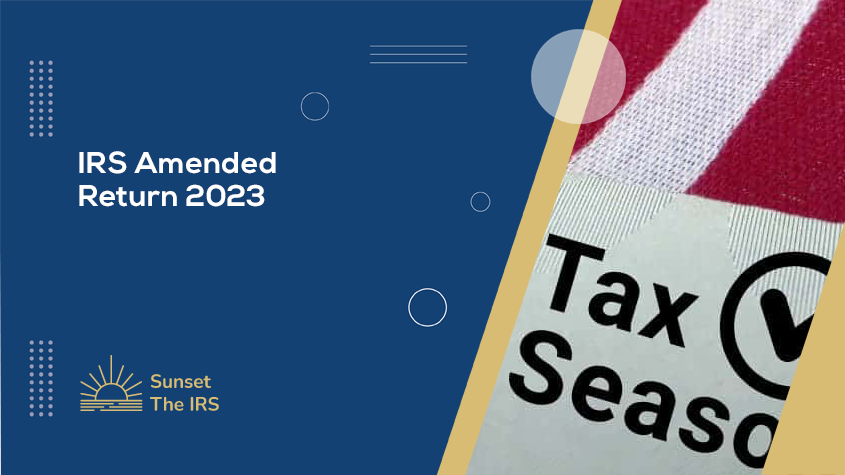
Filing an amended tax return is a process that allows taxpayers to make corrections to their original tax return after it has been filed. If you have discovered an error or omission on your tax return, filing an amended return can help you avoid potential penalties and interest charges from the IRS. In this post, we will discuss the process of filing an amended return with the IRS.
Reasons for Filing an Amended Return
There are several reasons why a taxpayer might need to file an amended tax return. Here are some of the most common reasons:
- Changes to income: If you receive additional income after you have filed your original tax return, you may need to file an amended return to report the additional income and pay any additional taxes owed.
- Changes to deductions or credits: If you discover that you have overlooked a deduction or credit on your original tax return, filing an amended return can help you claim the deduction or credit and reduce your tax liability.
- Changes to personal information: If you need to update personal information such as your name or address, filing an amended return can help ensure that your tax records are accurate and up to date.
Steps for Filing an Amended Return
If you need to file an amended tax return, follow these steps:
-
Obtain the correct forms: To file an amended return, you will need to obtain Form 1040X, Amended U.S. Individual Income Tax Return, from the IRS website or from your tax professional.
-
Complete the form: The Form 1040X requires you to provide information about your original tax return, the changes you are making, and the reason for the changes. Be sure to include all necessary documentation to support your amended return.
-
File the form: Once you have completed the Form 1040X, you can mail it to the IRS at the address provided on the form. It's important to keep a copy of the amended return and all supporting documentation for your records.
-
Wait for a response: It may take several weeks or even months for the IRS to process your amended return. You can check the status of your amended return using the IRS's Where's My Amended Return? tool.
Tips for Filing an Amended Return
Here are some tips to help you successfully file an amended return:
-
Make sure you are using the correct tax year: When filing an amended return, be sure to use the correct tax year. You cannot file an amended return for a previous tax year if the deadline to file has already passed.
-
Double-check your calculations: When completing the Form 1040X, double-check all calculations to ensure that they are accurate. Any errors could delay the processing of your amended return.
-
Be prepared for delays: It can take several weeks or months for the IRS to process an amended return. Be patient and continue to check the status of your return using the IRS's online tool.
-
Keep good records: When filing an amended return, it's important to keep good records of all documentation and correspondence with the IRS. This can help you avoid potential problems and ensure that your amended return is processed accurately and efficiently.
In conclusion, filing an amended tax return can be a straightforward process if you follow the correct steps and provide accurate and complete information. If you have discovered an error or omission on your tax return, filing an amended return can help you avoid potential penalties and interest charges from the IRS. Be sure to keep good records and follow all necessary steps to ensure a successful outcome. If you have any questions or concerns, consult with a qualified tax professional for guidance.


